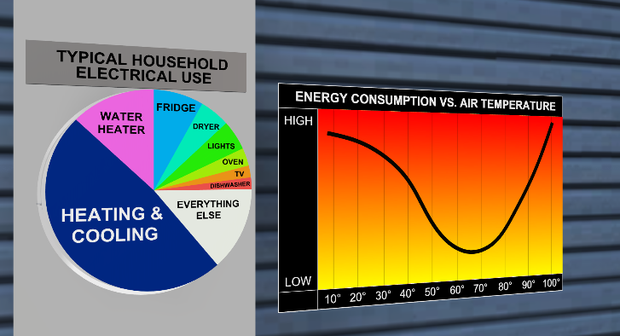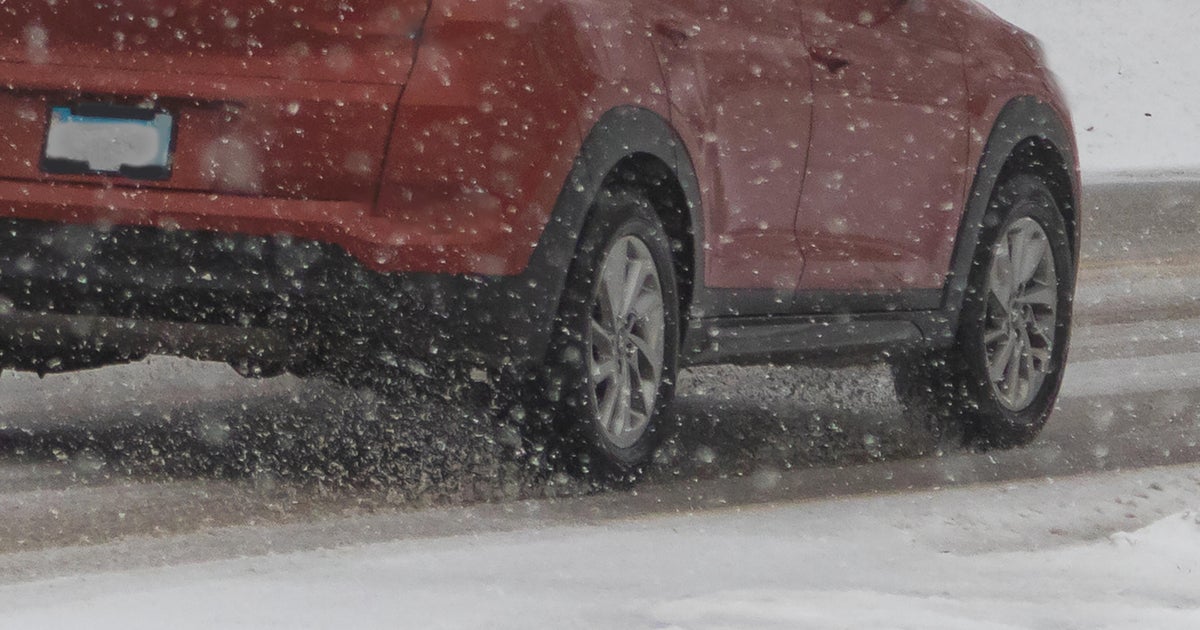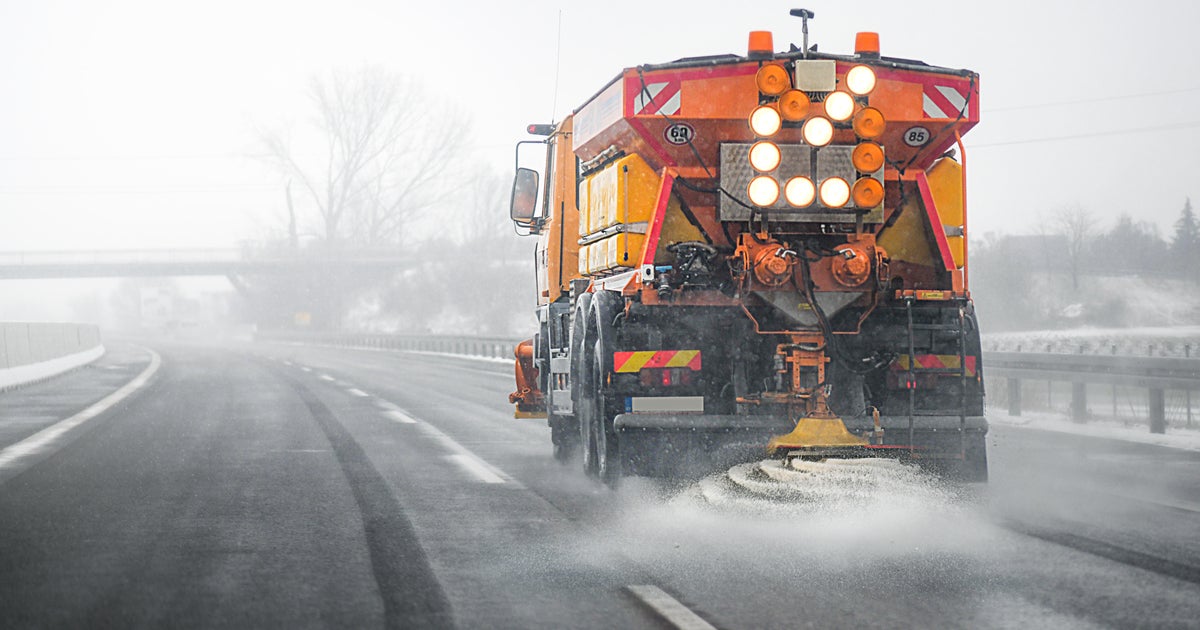Chills versus bills: How to reduce your energy consumption this winter
BALTIMORE -- One of the biggest impacts on your electricity or natural gas usage is how well your home's heating system, insulation, and weatherproofing can combat the impending Winter chill and ensuing Polar Vortex.
Understanding the impacts and thresholds of cold can help equip you for the season. Certainly, every family's comfort level is different but, following these quick tips to reduce energy consumption and still keep warm.
Keep in mind a few basics. Reducing your electricity usage is an excellent way to keep your bills down when the temperature goes down by resisting the urge to turn up the heater and turn the thermostat down a few degrees.
One of the biggest impacts to your electricity or natural gas usage is how well your home's heating system, insulation and weatherproofing can combat the impending Winter chill and ensuing Polar Vortex.
Each degree you reduce may save you 2% on your heating costs. Grab a sweater and some warm socks instead. If you head out of town for a few days, you can drop it down to 55°. But don't shut it off entirely to avoid returning home to frozen pipes.
The magic number, if you can physically adjust, is a constant thermostat set at 68°.
- Check your thermostat settings. Try turning down your thermostat temperature as much as possible. For every degree above 68°, you can expect a 3% to 5% increase in your heating costs compared to lower settings.
- Bundle up. Reach for a sweater or blanket before reaching for the thermostat. Weather-appropriate clothes can help you keep your heater at a lower setting and stay comfortable.
- Let the sun in. Open blinds and shades during the day and remove any solar screens so the sun can warm your home.
- Keep your HVAC fan at "auto." Set your HVAC to "auto." Your system will run 24/7 if it's set to "on" and increase your bill.
- Set your thermostat lower when you're away. Set your thermostat to 50° when you're away. This is warm enough to prevent your pipes from freezing without wasting energy on an empty home.
- Use an electric blanket instead of turning on the heater.
- Set your water heater to 120°. This is hot enough to be sanitary while saving you up to $60 a year on your water heating bill.
- Seal up the drafts. If you feel air coming in along windows or doors, replace the weather stripping or use caulk or other draft-reduction tools to keep the warm air in and cold air out.
- Use a portable space heater if you reduce your thermostat but still want to warm up a small room. They're small and efficient — most space heaters use around 1,500 watts of electricity... electric furnaces can use ten times more.
- Draw the curtains and shut the blinds. Covering your windows can reduce heat loss through the windows.
for more features.




